Variegated Lacecap Hydrangeas: The Showstopping Shrub That's
Variegated Lacecap Hydrangeas are a stunning addition to any garden. With their colorful leaves and pom-pom-like flowers, they're sure to turn heads. But these shrubs are more than just eye-catching—they're also relatively easy to care for.
In this blog post, we'll take a closer look at Variegated Lacecap Hydrangeas. We'll discuss their different varieties, how to plant and care for them, and how to prevent common problems. We'll also provide some tips on how to use these shrubs in your garden design.
What are Variegated Lacecap Hydrangeas?
Variegated Lacecap Hydrangeas are a type of hydrangea that is characterized by its colorful leaves and pom-pom-like flowers. The leaves are typically green with white or yellow variegation, and the flowers can be blue, pink, or purple. Variegated Lacecap Hydrangeas are deciduous shrubs, which means they lose their leaves in the winter.
Variety of Variegated Lacecap Hydrangeas
There are several different varieties of Variegated Lacecap Hydrangeas. Some of the most popular varieties include:
- Annabelle is a popular variety that is known for its large, white flowers.
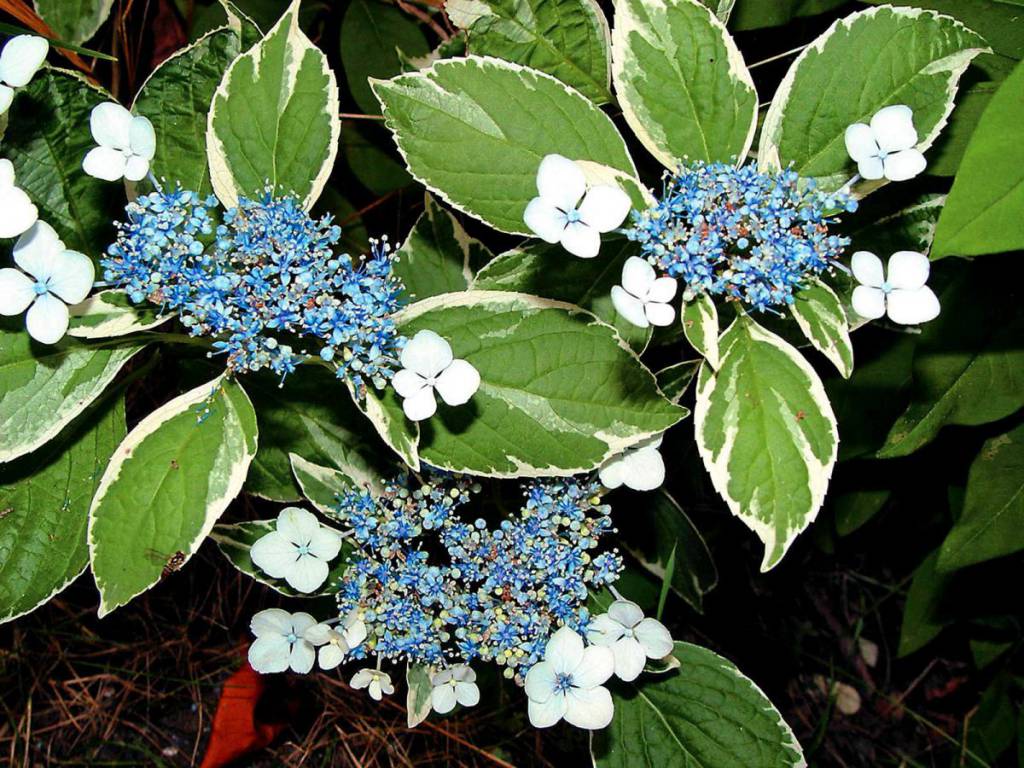
- Limelight is another popular variety that is known for its lime green leaves and pink flowers.
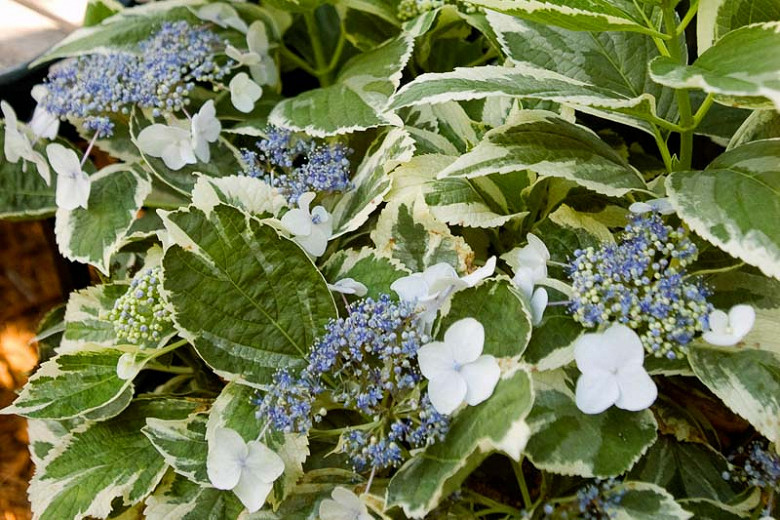
- Endless Summer is a newer variety that is known for its continuous blooming habit.

- Serendipity is a variety that is known for its unique, bi-colored flowers.
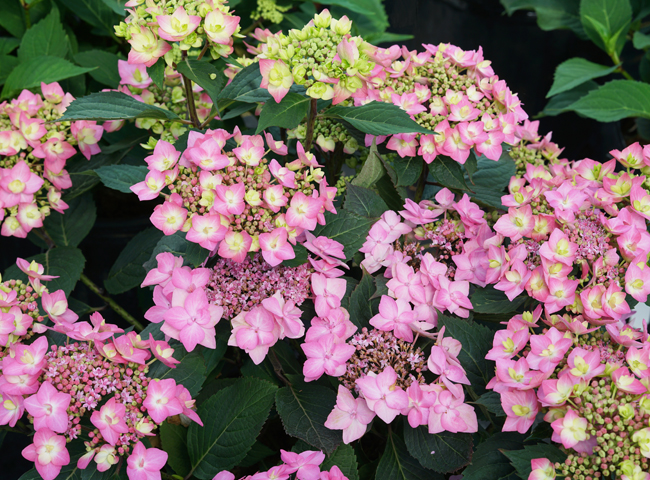
- PeeGee is a variety that is known for its large, lacecap flowers.
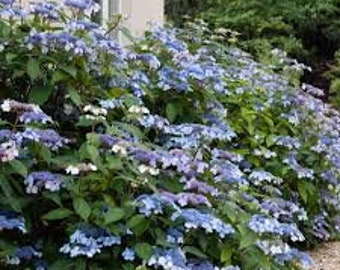
How to Plant and Care for Variegated Lacecap Hydrangeas
Variegated Lacecap Hydrangeas are relatively easy to plant and care for. They prefer full sun to partial shade and well-drained soil. When planting, amend the soil with compost or other organic matter. Water regularly, especially during the first year after planting. Fertilize in the spring with a balanced fertilizer.
To prevent common problems, such as powdery mildew and leaf spot, water the leaves of your Variegated Lacecap Hydrangeas in the morning so that they have time to dry before nightfall. Also, prune your shrubs in the spring to remove any dead or diseased wood.
How to Use Variegated Lacecap Hydrangeas in Your Garden Design
Variegated Lacecap Hydrangeas can be used in a variety of ways in your garden design. They can be planted as a stand-alone shrub, in a mixed border, or under a tree. They can also be used to create a hedge or screen.
If you're looking for a way to add some color and interest to your garden, Variegated Lacecap Hydrangeas are a great option. With their beautiful leaves and flowers, these shrubs are sure to add a touch of elegance to any space.
If you're looking for a beautiful and unique shrub to add to your garden, then you might want to consider the variegated lacecap hydrangea. These stunning plants have leaves that are a striking combination of green and white, and their flowers are delicate and dainty.
Variegated lacecap hydrangeas are relatively easy to care for and can be grown in a variety of climates. They prefer moist, well-drained soil and full sun to partial shade. In the fall, their leaves turn a beautiful shade of red or orange, adding even more color to your garden.
If you're interested in learning more about variegated lacecap hydrangeas, I recommend visiting . This website has a wealth of information on this type of hydrangea, including its history, care requirements, and varieties. You can also find photos and illustrations of variegated lacecap hydrangeas, as well as tips on how to grow and care for them.
FAQ of variegated lacecap hydrangea
- What is a variegated lacecap hydrangea?
A variegated lacecap hydrangea is a type of hydrangea that has leaves with a mixture of green and white or yellow coloration. The leaves are typically heart-shaped and have a serrated edge. The flowers are also variegated, with a mixture of pink, blue, or purple petals. Variegated lacecap hydrangeas are a popular choice for landscaping because they are both attractive and easy to care for.
- How much sun does a variegated lacecap hydrangea need?
Variegated lacecap hydrangeas prefer partial shade. They can tolerate full sun, but they may not flower as well. If you live in a hot climate, it is best to plant your variegated lacecap hydrangea in a spot that gets morning sun and afternoon shade.
- How much water does a variegated lacecap hydrangea need?
Variegated lacecap hydrangeas need regular watering, especially during the hot summer months. Water your plant deeply once a week, or more often if the weather is hot and dry. Make sure the soil around the plant drains well, so that the roots do not sit in water.
- How do I fertilize a variegated lacecap hydrangea?
Variegated lacecap hydrangeas should be fertilized in the spring and fall. Use a balanced fertilizer, such as 10-10-10, and follow the directions on the label. You can also use a fertilizer specifically designed for hydrangeas.
- How do I overwinter a variegated lacecap hydrangea?
Variegated lacecap hydrangeas are hardy in USDA zones 6-9. If you live in a colder climate, you will need to protect your plant from the cold winter weather. You can do this by covering the plant with a burlap sack or other protective material. You may also need to bring the plant indoors if the temperatures are expected to drop below freezing.
Image of variegated lacecap hydrangea
- Variegated lacecap hydrangea in full bloom. The flowers are a mix of white, pink, and green, and they are arranged in a lacecap pattern. The leaves are also variegated, with green and cream stripes.
- Variegated lacecap hydrangea in a shady spot. The plant is thriving in the shade, with its leaves a deep green and its flowers a pale pink.
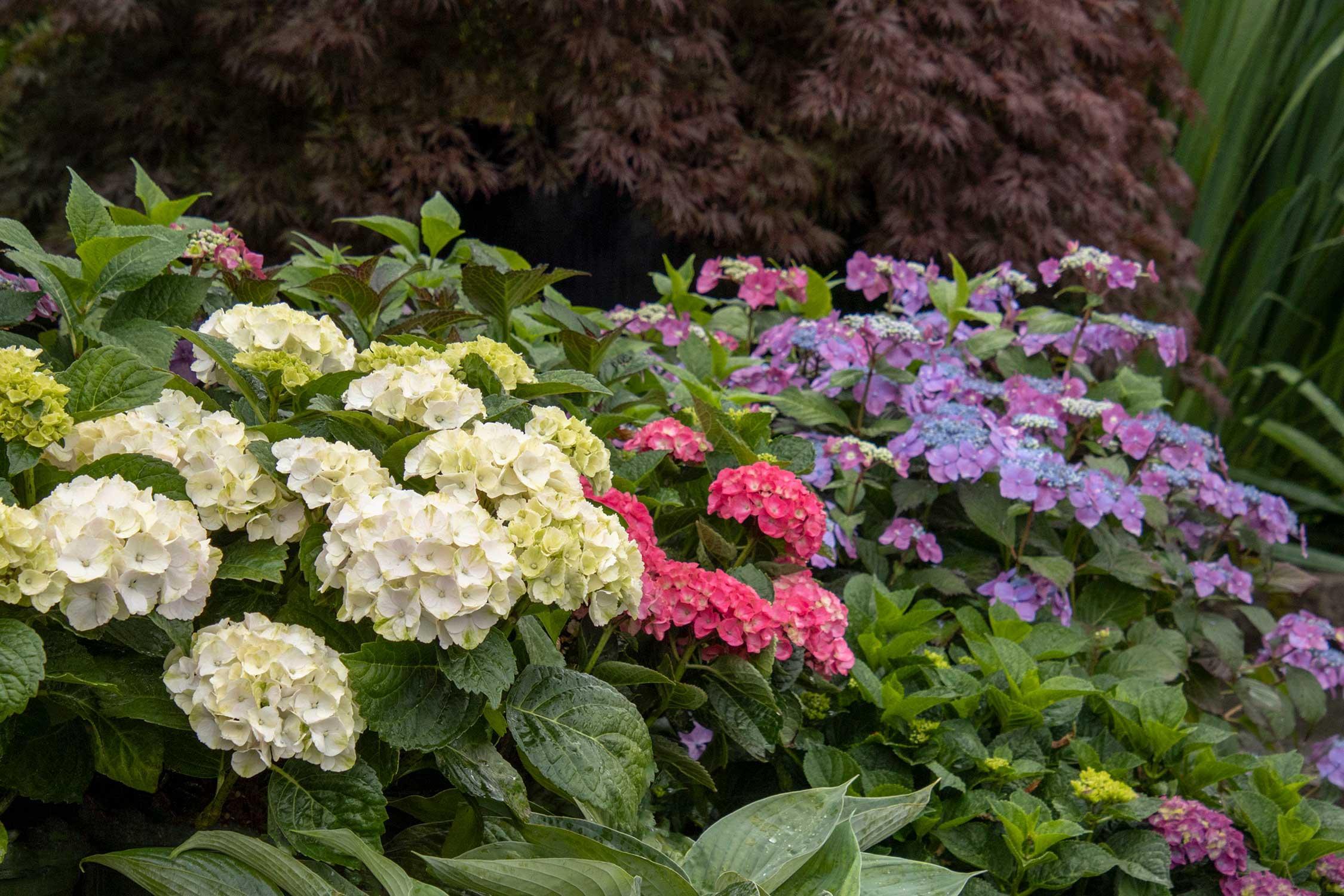
- Variegated lacecap hydrangea in a container. The plant is compact and well-rounded, and it is flowering profusely.
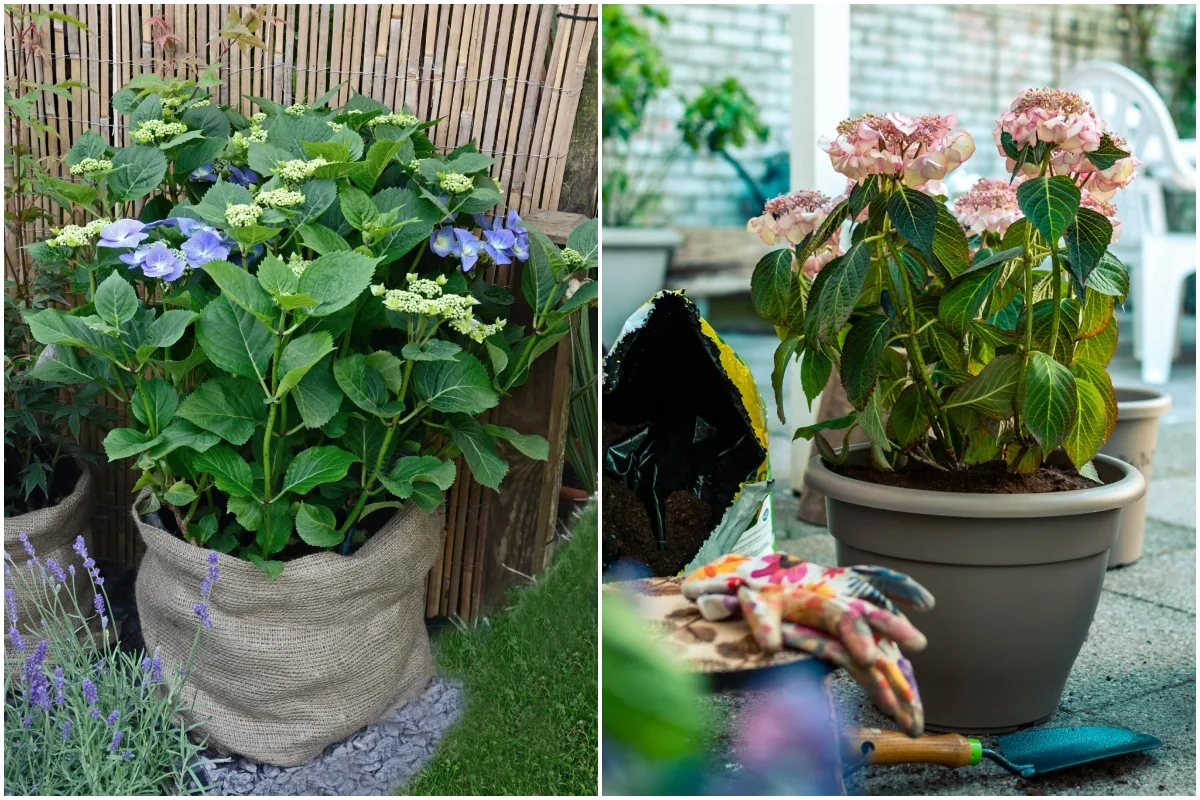
- Variegated lacecap hydrangea in a garden setting. The plant is surrounded by other flowers, and it is adding a touch of elegance to the garden.

- Close-up of a variegated lacecap hydrangea flower. The flower is a beautiful mix of white, pink, and green, and it is sure to turn heads.


Post a Comment for "Variegated Lacecap Hydrangeas: The Showstopping Shrub That's"